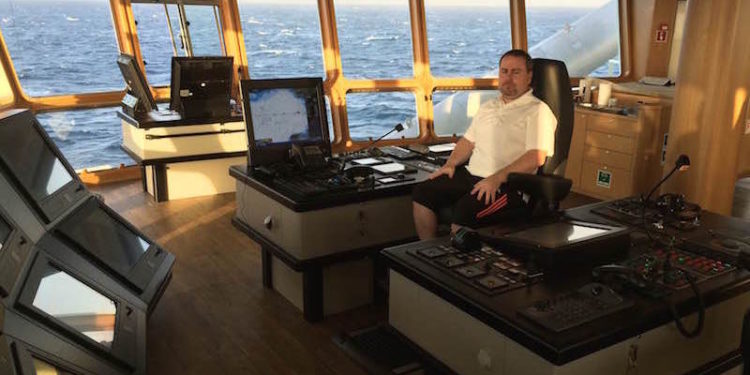The crews of HB Grandi’s pelagic vessels are now ashore for the Christmas break after a couple of weeks of good fishing on blue whiting. According to Víkingur’s skipper Albert Sveinsson, the plan is to be back at sea on the third of January, but as yet it is not certain whether they will be fishing for capelin or blue whiting.
‘Fishing has been fine and we had around 2400 tonnes of blue whiting in the last trip. The trip before that was 2300 tonnes. This time we ended up in the south-eastern part of the Faroese zone and the fish seem to be heading southwards now. The blue whiting will be spawning soon and the fish we have been catching are in good condition,’ he said, adding that it is as yet unclear what comes next for them.
‘The agreements with the Faroes Islands on reciprocal access haven’t been finalised yet. So we’ll be looking for capelin in the new year if the conditions are right,’ Albert Sveinsson said.
Fishing has also been good for the Síldarvinnslan fleet and the company’s fishmeal plants have taken delivery of 7100 tonnes of blue whiting over the last few days, all caught in the Faroese EEZ.
Bjarni Ólafsson landed 1800 tonnes in Neskaupstaður last week and skipper Gísli Runólfsson said their fish had been caught in four tows with towing times from five up to twelve hours.
The following day Börkur was in Seyðisfjörður with 2200 tonnes caught in eight tows and according to skipper Hálfdan Hálfdanarason, there has been a good amount of fish on the grounds but dispersed.
‘We were fishing east of Akraberg, the southernmost point of the Faroe Islands, and the fishing has been good with hauls of close to 400 tonnes after towing around 20 hours,’ said skipper Tómas Kárason as Beitir docked in Neskaupstaður with 3100 tonnes on board.
‘Bad weather the week before interrupted fishing, but we used the break to fix the gear. There was heavy storm that passed over us and we did out gear repairs in the middle of a Faroese snowstorm. That’s unusual weather to see there.’









